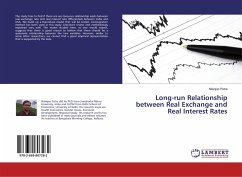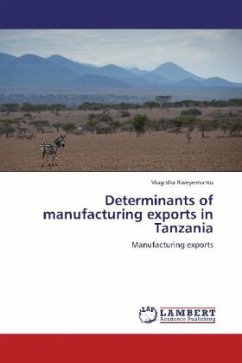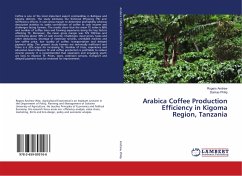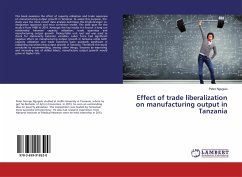In this book I develop a theoretical model to capture Tanzania's unique structure of imports and exports. The model implies that the value of real exchange rate, measured as the relative price of foreign goods, should be positively related to tax, negatively related to government consumption, positively related to the expenditure on imports of oil, negatively related to the earnings from gold exports, negatively related to foreign income and positively related to natural or long run output. The empirical analysis of the model was conducted based on data from Tanzania and major trading partners focusing on flexible exchange rate regime period from 1987 to 2012. Graphical analysis reveals that a large component of real exchange rate fluctuations are nominal exchange rate fluctuations. Although unit root and cointegration tests show theoretical implications do not hold empirically in the long run, short run co-movements of taxes and real exchange rate were in line with the predictions of the theoretical model.
Bitte wählen Sie Ihr Anliegen aus.
Rechnungen
Retourenschein anfordern
Bestellstatus
Storno








